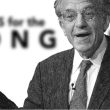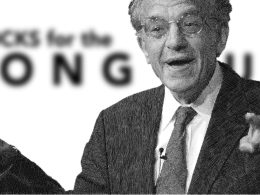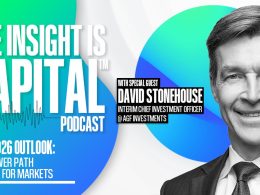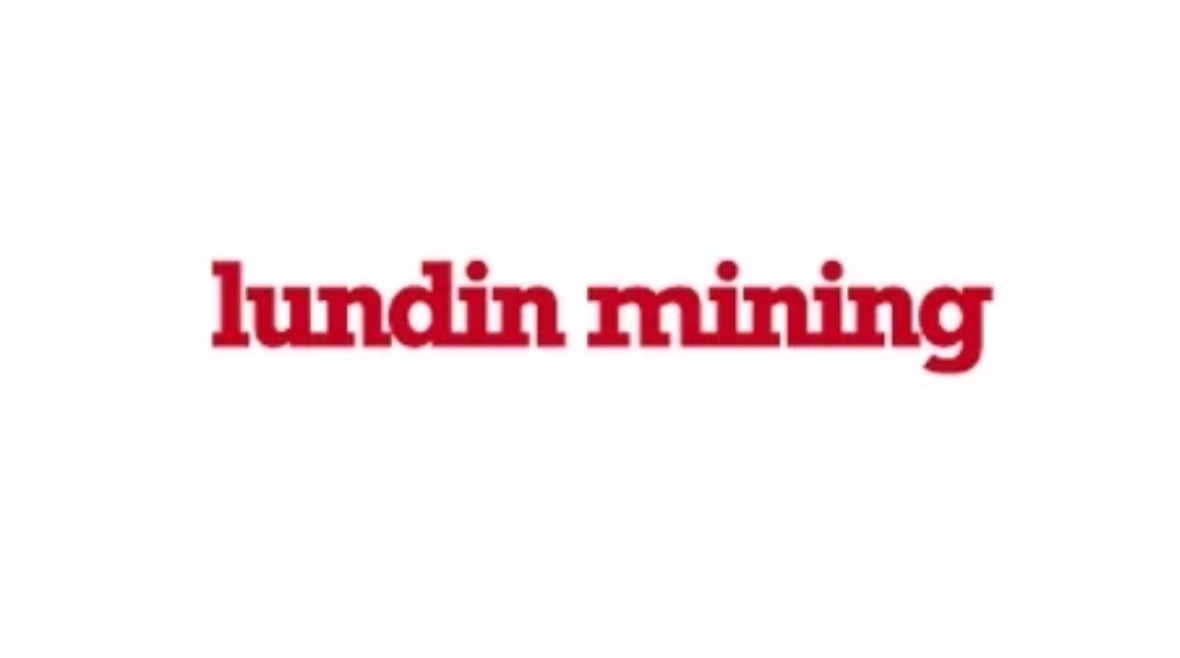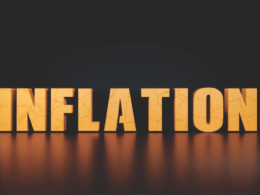by Hubert Marleau, Market Economist, Palos Management
Adam Smith’s 1776 magnum opus, “An Inquiry into the Nature and Causes of The Wealth of Nations,” is one of the most important books on economics. Smith was a leading figure of the Enlightenment, which was a period when thinkers started to believe that through the systematic blending of empirical evidence and theoretical validity, solutions to problems could be figured out. He essentially argued that free enterprise and competition, through the invisible hand of the market, was the best way to allocate efficienly limited resources, minimise waste, raise productivity and maximise prosperity.
While the aforementioned thesis is a logical and persuasive truth, it does tell us why some nations do better than better than others to get richer. Last Monday, the Royal Swedish Academy of Sciences awarded the 2025 Nobel Prize in economics to Joel Mokyr, Philippe Aghion and Peter Howitt for their work on economic growth, the producer of wealth.
I was thrilled that for once the Academy formally recognised that my pet driver of growth is technology, the ultimate generator of productivity. They all believed in Joseph Schumpeter’s “creative destruction.” When some firms innovate, they create new industries and new products, in the process destroying or replacing the old ones, while the mystery of growth unfolds. In a culture of openness to science and technology, society thrives despite its threat to established habits and interests.
Based on historical research of the industrial revolution and Chinese experience. Mokyr demonstrated regimes that encouraged science to flourish and allowed technologists and capitalists to turn this knowledge of how things work (science) into what can be done with it (products and services), and why these can make money: put simply, an open society, where scientists are free to seek knowledge, technologists are encouraged to innovate and capitalists are allowed to profit. In a virtuous circle, scientists do the basic research and produce knowledge that on its own, doesn’t impact economic growth. Technologists and capitalists then take the science and turn it into new products and services and business processes, creating the wealth that funds new scientific inquiry through private and public grants.
Messrs. Aghion and Howitt, dissatisfied with existing mathematical models of economic growth, peered into the nuts and bolts of Mokyr’s work to build a mathematical model on what is called creative destruction, in which endogenous technological change is the force behind creative destruction. In this connection, they came up with both factual confirmation and analytical soundness, showing that the cultural quest for discovery and innovation, incentives in the form of patents and the existence of imperfect competition can grant to creators and applicants of technology the right and the ability to earn monopolistic profits for a sufficient period to make their investment in time, effort and of money worthwhile.
In my judgement their work suggests - perhaps proves - that the AI boom may turn out to be a bonanza for it is a general purpose technology like the printing press, internal combustion engine, electrification and the internet: a macro-invention that may potentially, over time, be complemented by a string of micro-inventions, disseminated on a broad basis.
What Took Place in the week ended October 24?
On Sunday, U.S. equity futures rose as stock operators put worries about trade, credit and inflation behind them, even though talks with China over rare earths wouldn’t be easy; the S&P Global Ratings downgraded the French sovereign credit score; and fresh inflation data were forthcoming. Instead, they expected the next round of corporate earnings to be as good as the earlier one.
On Monday, the S&P 500 booked back-to-back gains, ending up sharply higher, rising 1.1% to 6735 as investors continued to digest positive earnings reports, while the White House hinted that the shutdown might end very soon.
Stocks opened just shy of record levels on Tuesday as Wall Street pinned its hopes on another wave of strong earnings and 100% certainty that the Fed would cut interest rates at the end of October, even though China, the shutdown and credit were weighing on investors. The S&P 500 ended the session virtually flat at 6735. The big story of the day was the “debasement trade” lost its allure, plunging the gold price steeply to $4082 a troy ounce, while the dollar rose and bitcoin bounced.
According to the media a confluence of factors had dragged down the precious metal into a long-overdue correction to $4082 a troy ounce, including overstretched technicals, overbought conditions, the US government shutdown, the end of the seasonal Diwali buying spree in India, and a rebounding of the U.S. dollar. Interestingly, there were even conspiracy voices, attributing the collapse of gold to a secret effort that western democracies may have stepped into the bullion or forex markets to push gold down to show the world that fiat currencies should not be abandoned completely for gold.
In my opinion, the gold rally of the last few months was driven by momentum trading that found its fuel in the debasement idea that all fiat monies are subject to constant depreciation, stemming from inflation, easy money, debt overhang and geopolitical instability. While these aforementioned factors exist, it does not detract from the fact that momentum can reverse when it's overdone, when it becomes more about greed than fear. What investors should know is that there is no fundamental case for gold because it has no internal rate of return, isn't used much, and just sits there. Its entire worthiness is based on the notion that it has been a hedge against the inevitable demise of fiat currencies, but so has Microsoft, copper, a Picasso, and thousands of other examples. The point is that “here and now” the gold rally morphed into a momentum trade that was arrested by its own weight. A $35 billion influx over the past 2 months had caused indigestion. (It should nonetheless be noted that I’m not against holding gold stock: it’s simply a peculiar insurance policy that you hope you will never have to collect. I maintain you should not have less than 3% of your portfolio in gold but never more than 8%.)
On Wednesday, US stocks were broadly weaker while gold futures added to Tuesday’s steep drop, but remained above $4000 per troy ounce showing the resilience of the gold crowd. The S&P 500 was stuck in the red all day, falling in the end 0.5% to 6699, from fear that the government shutdown may soon reach a tipping point and trigger another escalating round of the trade war.
On Thursday, everything went up: Brent crude futures surged 5.2% to $66 per barrel, the S&P 500 jumped 0.6% to 6738, and gold bounced back 1.0% to $4152 per troy ounce. Duality Research revealed in a note to clients that the last time gold dropped like a shoe in one day, it spent the following 3.5 years moving sideways. Nevertheless, JP Morgan and Goldman Sachs are keeping their bullish call.
On Friday, stocks got a big boost from an CPI inflation report that came in softer than consensus. As a result, swap traders placed “all in” bets on 2 more rate cuts in October and December. The S&P 500 rose 0.8% to 6792, the new all-time high.
The Near-Term Stock Market outlook:
Last week I wrote: “There is some evidence that the market is tiring: retail confidence to buy-on-dips seems to be topping out, suggesting that a pullback may be in the cards as speculation in the hot tech sector is being expunged. I view this low conviction around equities as a contrarian positive. Why? There is no economic evidence that assures that either a deep or a long pullback looms, for the broader uptrend remains intact. The AI-driven productivity surge is real, suggesting that the US economy is in the midst of a deflationary boom. In this connection, those productivity gains that we are currently witnessing significantly reduce the probability that the AI-boom will pop. Moreover, a series of factors - the length of the shutdown, the imposition of tariffs, the slowing growth of the money supply and the risk to maximum employment are pushing monetary policy towards the neutral state, that being a policy rate of 3.50% and an end to quantitative tightening.”
The S&P 500 has been just marking time being for the past 2 weeks. Given that the U.S. economy is moving forward, profit margins are holding and inflation is holding steady, and the monetary stance is easing, the consolidation period has probably ended, thereby enhancing my conviction that the benchmark will reach 7000 by the end of this year.
Copyright © Palos Management


